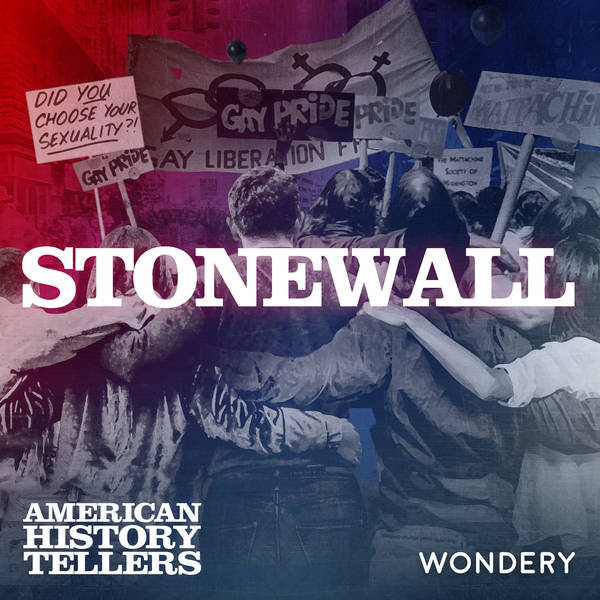
Stonewall | Turbulence | 2
As the 1960s dawned, LGBTQ activists began to voice frustration with the gradual approach to civil rights advocated by groups like the Mattachine Society. If LGBTQ people wanted to make real progress, they concluded, they would need to take direct action — starting with tactics shared with the Black civil rights movement.
Through protests and sit-ins in places like New York, Washington DC, and San Francisco, LGBTQ activists started agitating for greater rights. They would tackle employment discrimination along with the widespread issues of police harassment, abuse, and entrapment, which targeted LGBTQ people nationwide.
But as white gay activists pushed for acceptance by a white, middle-class American majority, transgender activists and people color faced even greater challenges related to their race and gender identity. They would respond by forging their own communities and strategies to protect themselves from harassment and violence.
Listen ad-free on Wondery+ here
Support us by supporting our sponsors!
See Privacy Policy at https://art19.com/privacy and California Privacy Notice at https://art19.com/privacy#do-not-sell-my-info.
